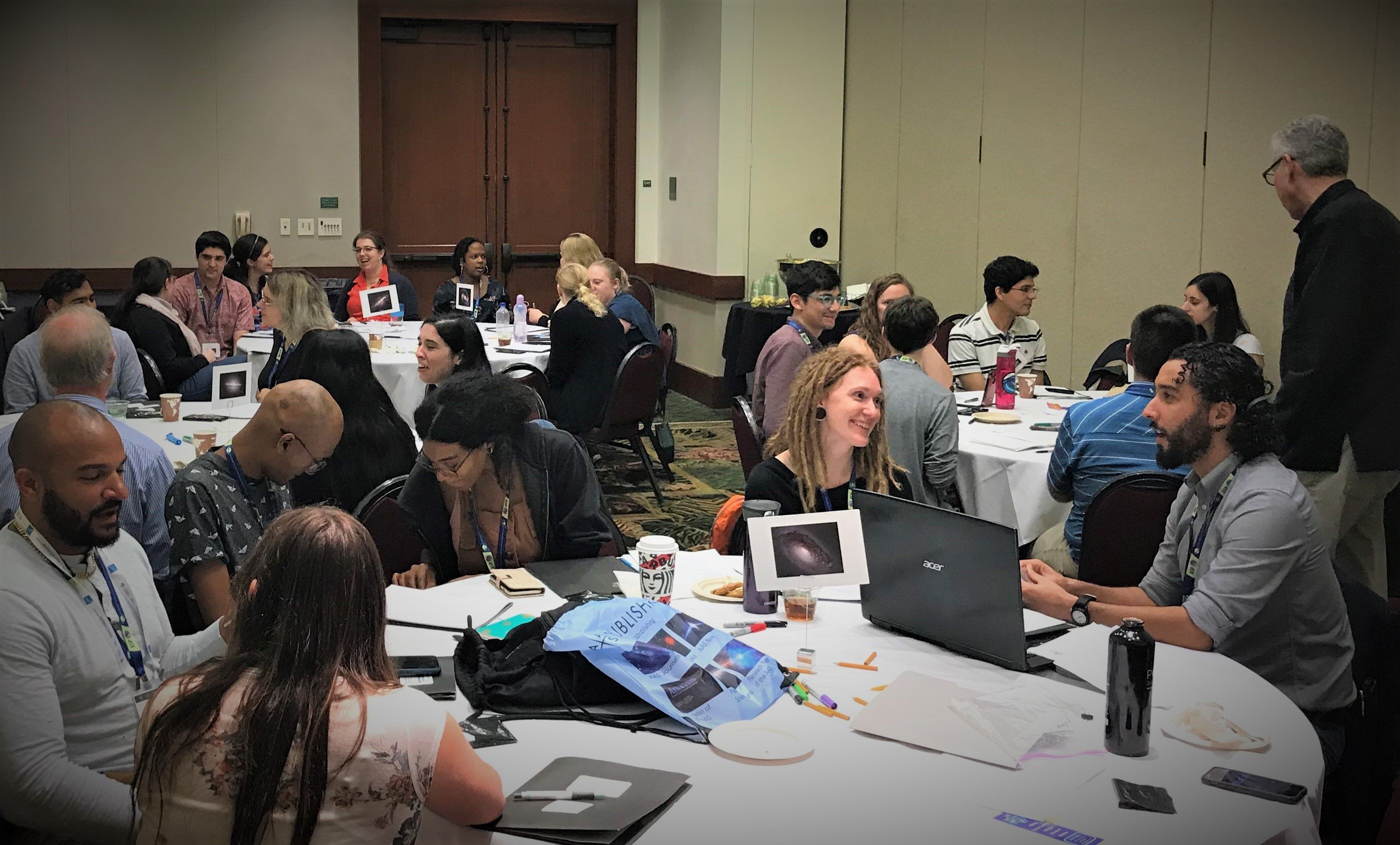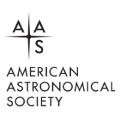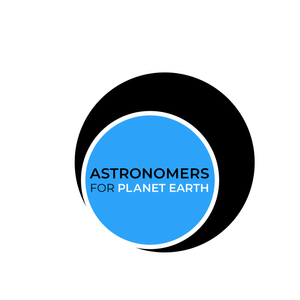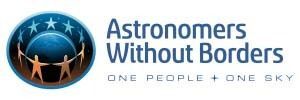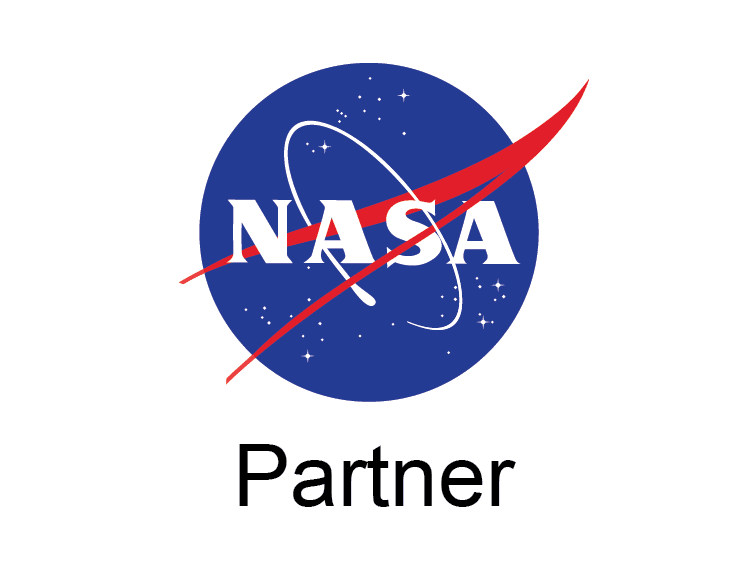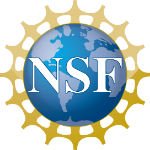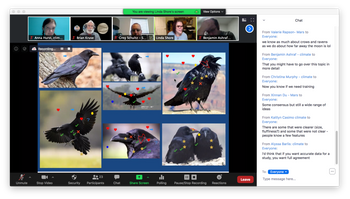
Webinar training attendees were asked to identify which of these images they thought were ravens
On-the-Spot Feedback
On-the-Spot Feedback (OTSF) is a research-to-practice National Science Foundation (NSF) project led by the ASP, in collaboration with Oregon State University, the Portal to the Public Network via the Institute for Learning Innovation, and the National Radio Astronomy Observatory (NRAO). Over four years, we are developing a set of on-the-spot feedback strategies and professional development experiences to help early-career research scientists with their public engagement activities, including with regard to effectively communicating science, monitoring audience interest and understanding, and using this information to make improvements to their outreach.
OTSF Participant IN HER OWN WORDS
One of the OTSF project's Design Testers is Xinnan Du, an astronomer and educator from UC Riverside. She recently wrote an article for ASP's membership online publication, AstroBeat, where she reflected on both her experiences working with us for the OTSF project and things she's learned as a science educator from all this.
Du's AstroBeat article is complimentary to read:

*On-the-Spot Feedback is based upon work supported by the Division of Research On Learning (DRL) of the National Science Foundation under Grant no. AISL #1811022. Any opinions, findings, and conclusions or recommendations expressed in this material are those of the authors and do not necessarily reflect the views of the National Science Foundation.

